研究文本(默认)
Design of blockchain based zero-knowledge proof of location system
|
With the development of precise positioning technology, a growing number of location-based services (LBS) emerge. For example, visit a specific place to get the corresponding reward. This also leads to location fraud by illegal users in order to gain benefits. Thus, it is necessary to verify location certificates provided by users. However, present proof of location systems are deficient in verifying users’ location certificates while protecting users’ privacy. Users do not flexibly control their location certificates either. Based on blockchain, a kind of distributed proof of location system architecture was proposed and based on the proposed system architecture, a kind of proof of location protocol with zero-knowledge proof was proposed further. With the proposed architecture and the protocol, the proposed proof of location system allows users to freely select disclosed certificate parameters and positional accuracy according to their needs so that hierarchical location privacy protection was achieved.
Zero-knowledge proof of location system architecture diagram:
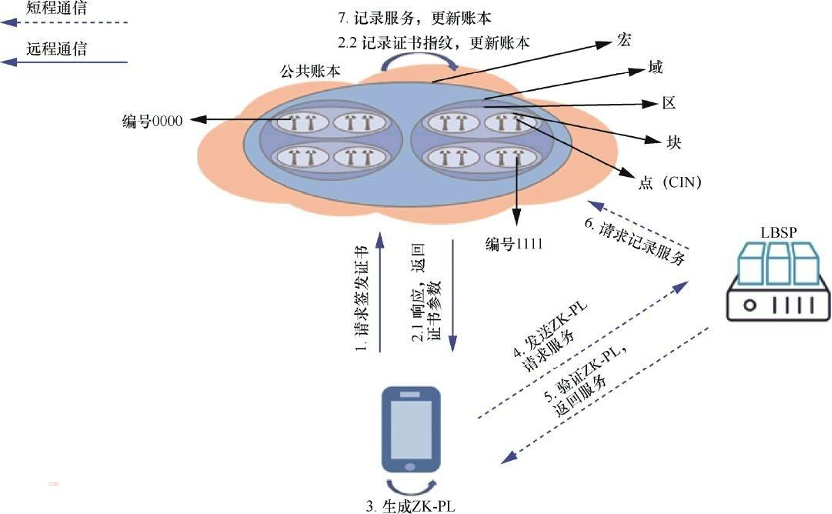
CIN: The Certificate Issuing Node, whose function is to issue location certificates for users.
LBSP: The Location Based Service Providers, whose function is to provide corresponding location services for legitimate users.
Zero-knowledge proof of location protocol flowchart:

Parameters of the LC:
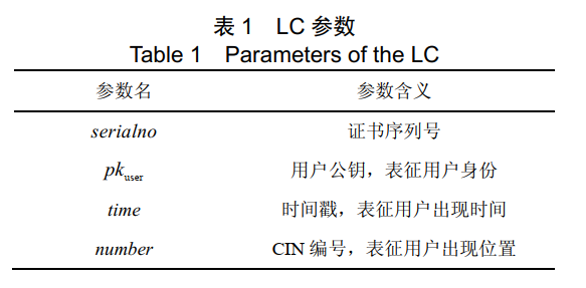
Position mask:
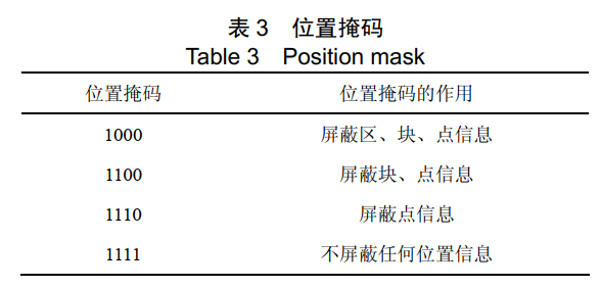
The system uses Merkel Proof to allow users to disclose the certificate parameters at the field level; use location mask and zkSNARK to allow users to disclose location information with a lower accuracy level (depending on the minimum granularity of the system itself).
System performance:
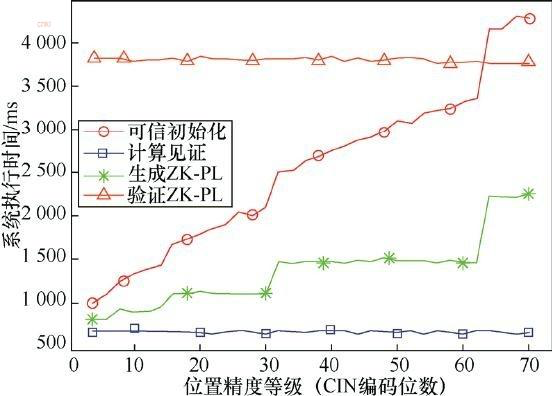
The execution time of the calculation witness basically does not change with the position accuracy level, and is stable at about 650 ms; similarly, the verification time of ZK-PL does not change with the position accuracy, and is stable at about 3 800 ms. The execution time of trusted initialization increases linearly with the position accuracy level, with the minimum value of 1 024 ms and the maximum value of 4 299 ms; the execution time of generating ZK-PL increases with the position accuracy level. Because the initialization is only performed once, there is no need to perform it again during each different location service process. Therefore, the total execution time of the proposed proof of location system can be roughly estimated as the sum of the remaining three times, which is about 5 240-6 686 ms. This execution delay is acceptable for most location services, such as location-based personalized recommendation services, location-based social networks, location-based sign-in services, and so on. But for some very time-sensitive services, such as real-time positioning and navigation, the system is lacking.
|
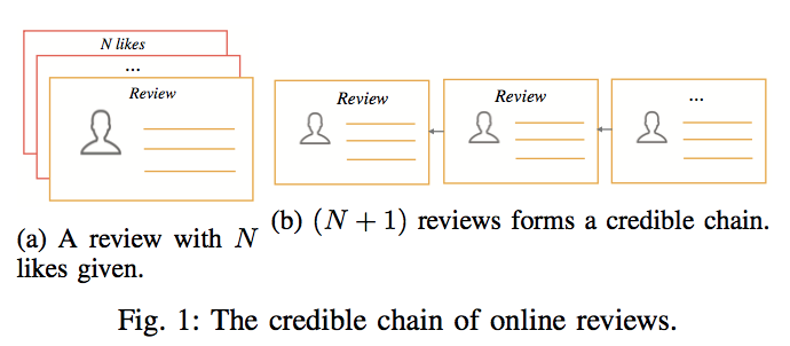
的在线可验证评级系统模型.png)


 公安备案号:
公安备案号: